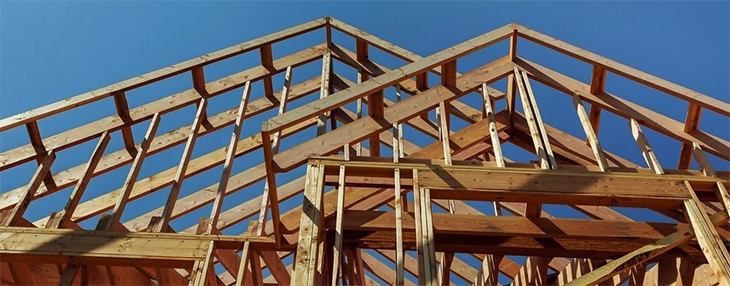The Sustainable Utilization of Wood in Construction
Great article regarding masstimber and sustainability. Oruba Alwan
\\\\\\\
Analysts have calculated that utilizing wood in 80% of new residential building projects in Europe alone would absorb 55 million tons of carbon dioxide (CO2). This would effectively halve the CO2 annual emissions caused by the construction industry in Europe. Meanwhile, supply chain issues, rising energy costs, and scarcity of materials highlight a need for the construction industry to shift to more sustainable, locally sourced building materials like wood.

Resurgence in Wood for Construction
In the twentieth century, construction with load-bearing lumber was largely replaced with concrete and steel-based methods. This was a result of the need to build quickly, for example in Europe after the Second World War or in new megacities in developing countries, with on-site concrete casting and prefabricated steel framing significantly speeding up construction projects.
Wood was also maligned somewhat due to the fire risk it posed. Large nineteenth-century and pre-war buildings made with dry, often over-exposed wood frames were a factor in a number of large-scale and tragic fires in built-up cities in the early twentieth century.
However, recent years have started to see a shift in this trend. Increasing climate concerns are putting pressure on the construction industry to transition toward more sustainable practices. This is not just pressure coming from public perception, but new sustainability rules and legislation are also being passed around the world which developers will have to respond to.
For example, in Finland, the government has set a target of using wood in 45% of all new public buildings by 2025. This is three times the ratio of wood-framed public buildings built in 2019.
New techniques for timber milling and lumber-based construction are also opening up new construction applications for the traditional material.
Also, modular building methods based on concrete and steel designs are being translated for wood. This is enabling developers to build sustainable timber framed buildings at the scale and speed that concrete and steel allowed 70 years ago.

Leave a Reply